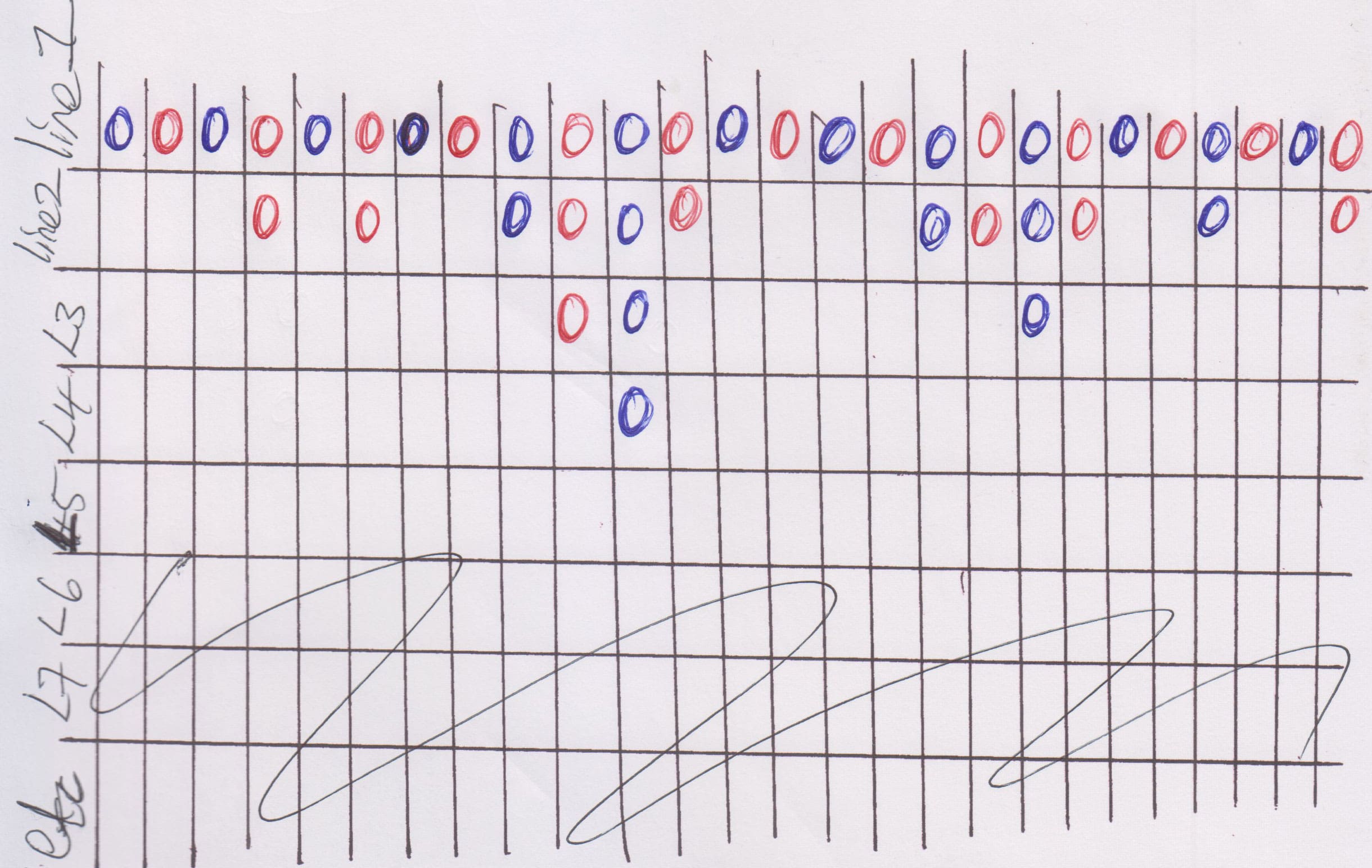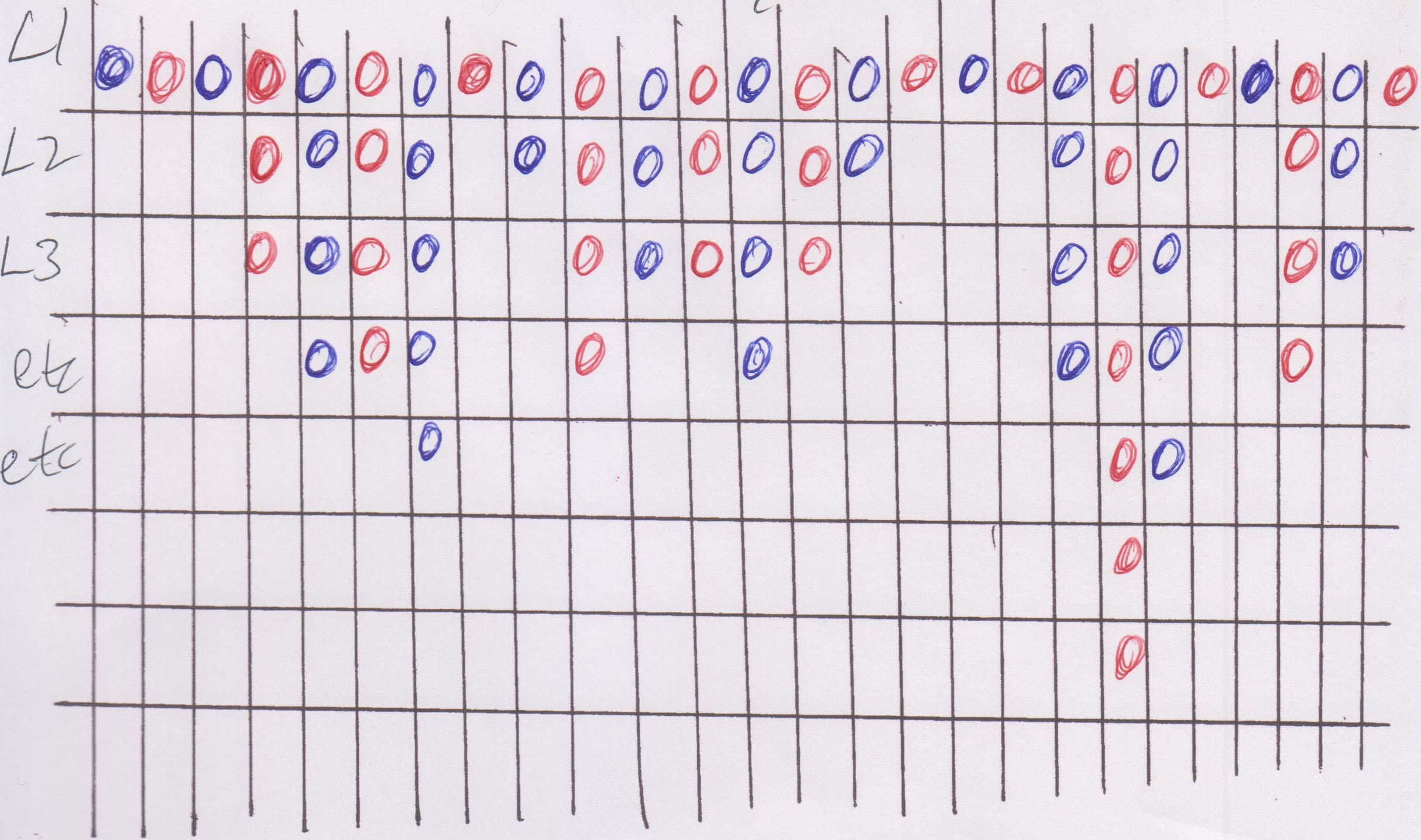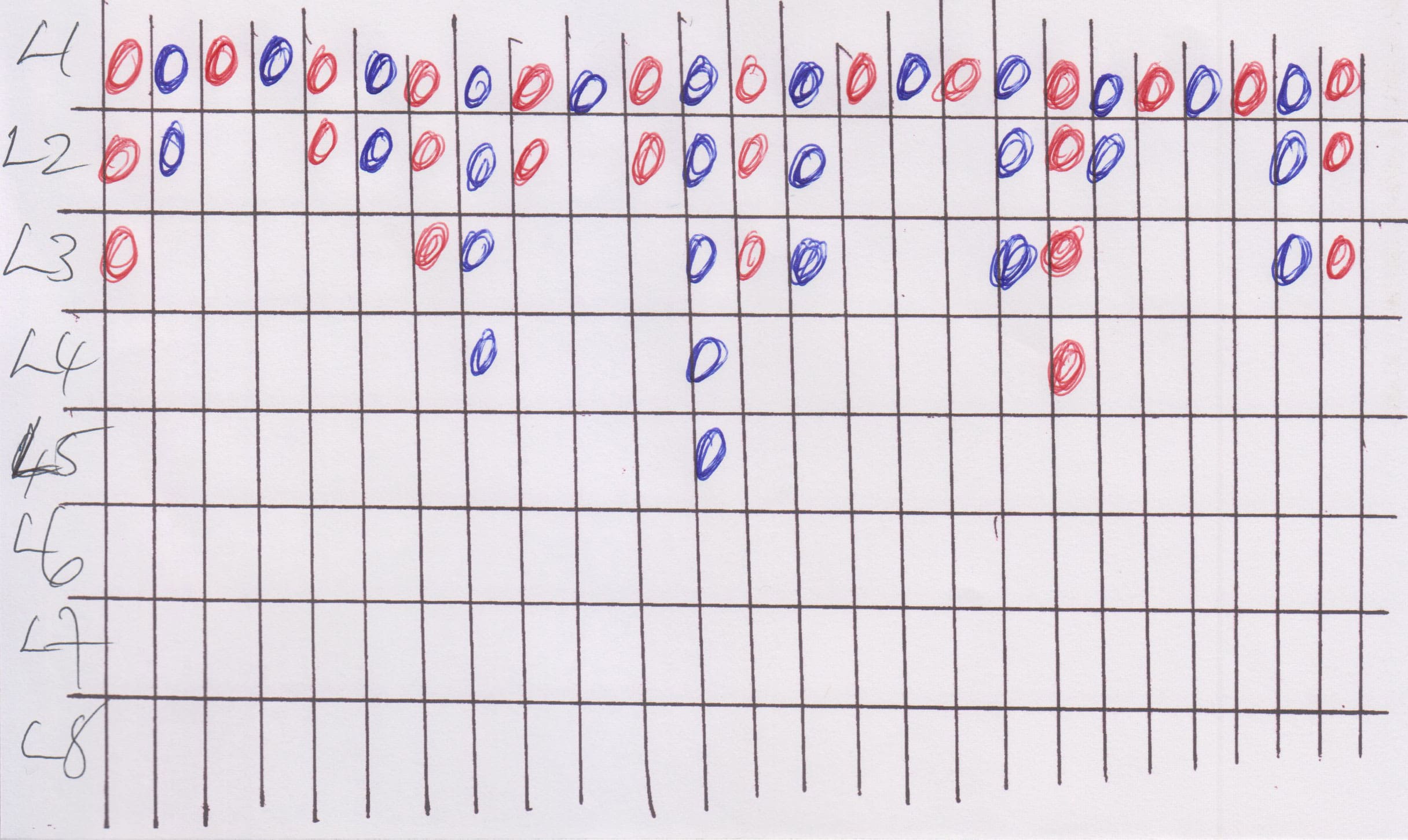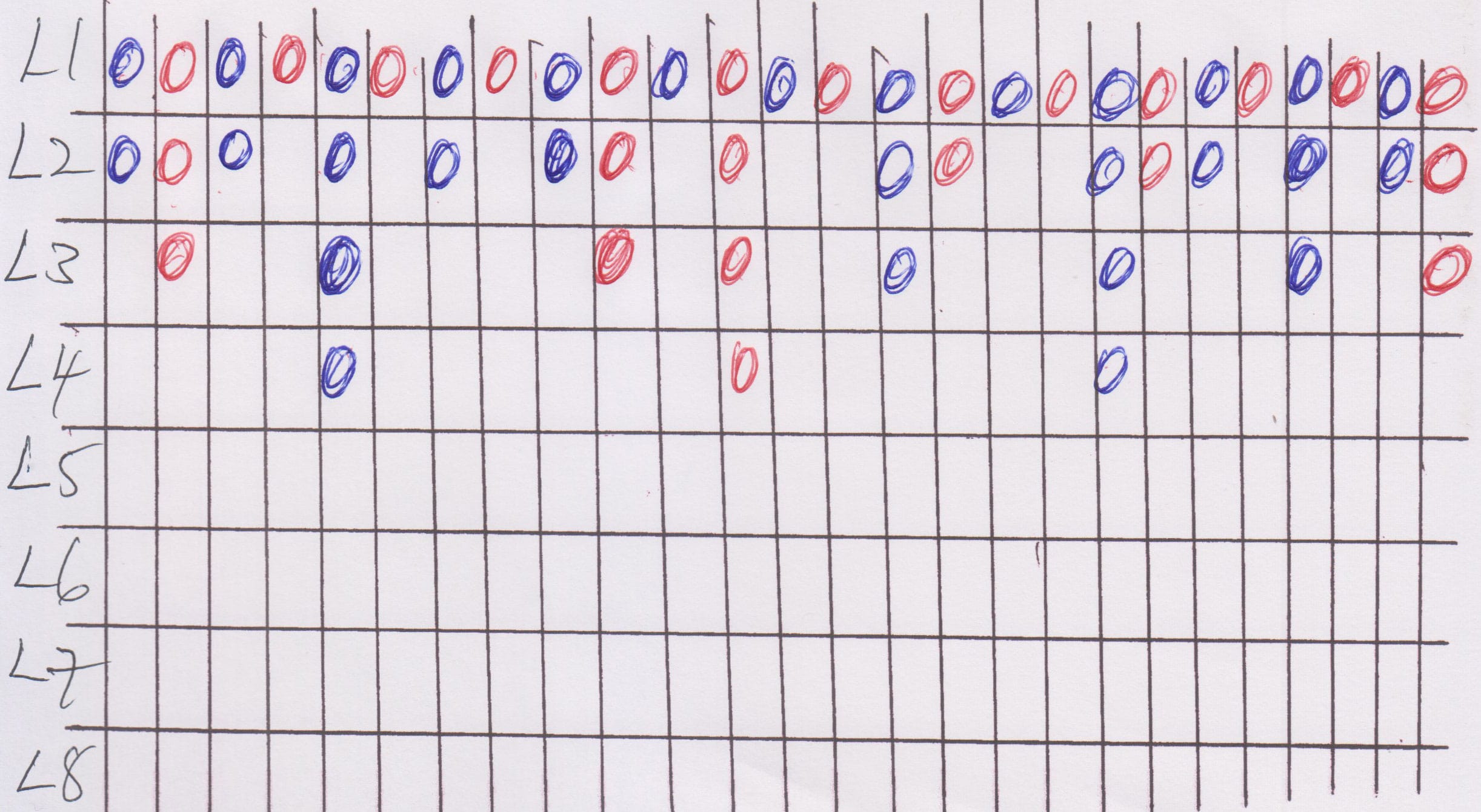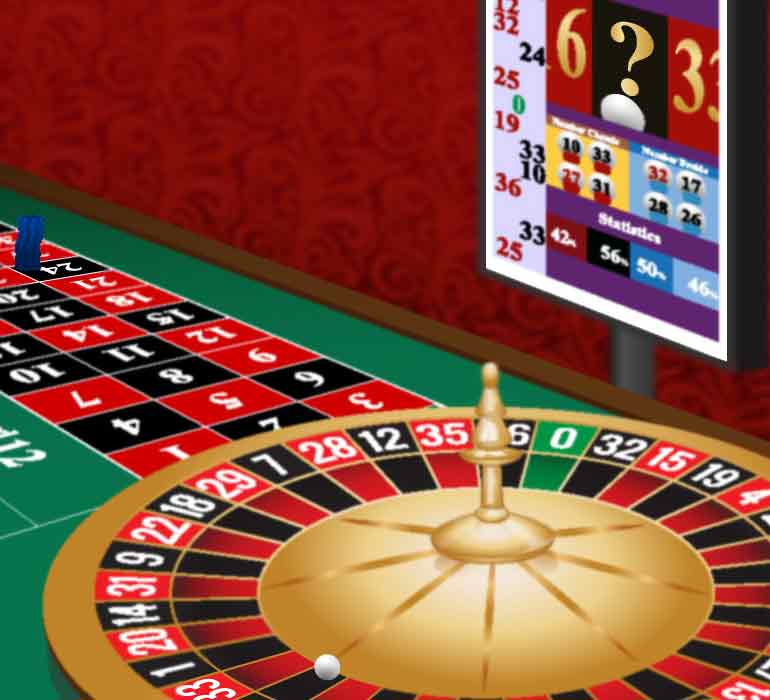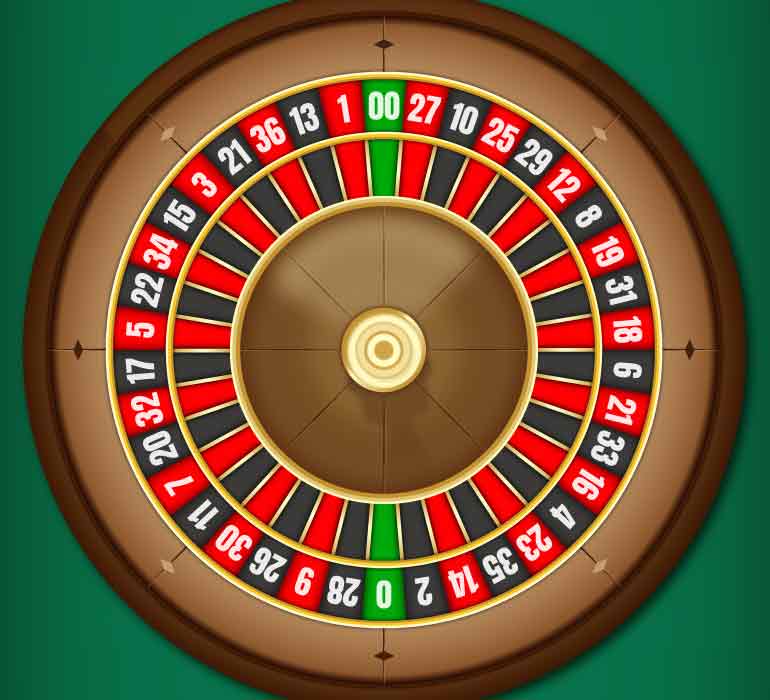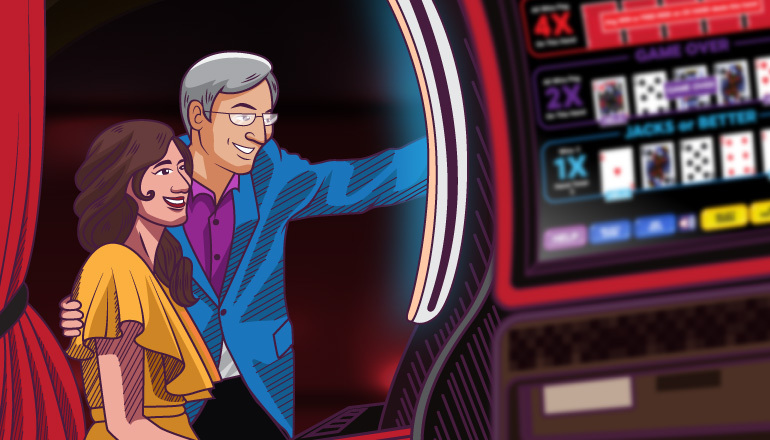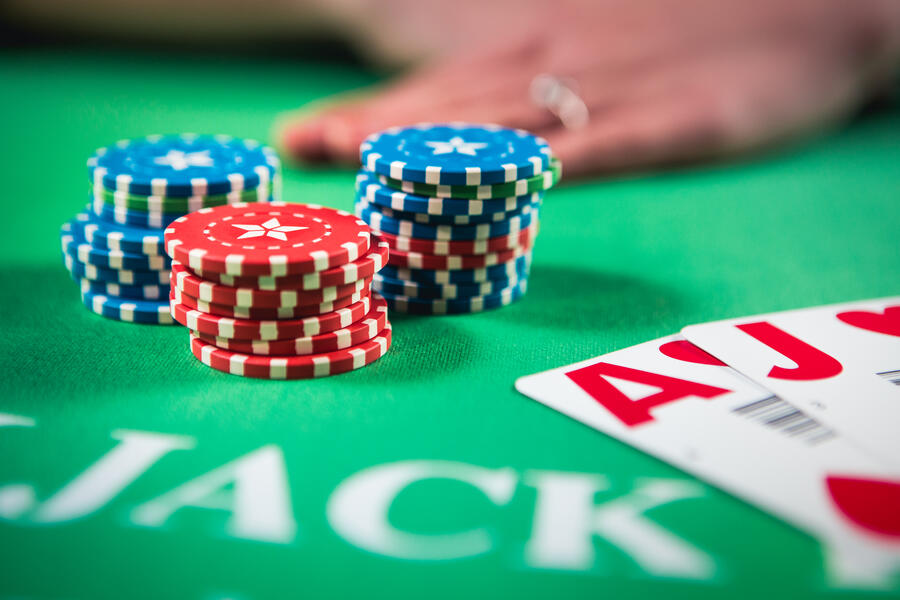There are a wide variety of bets when you're playing craps. Some of these bets have low house edges; a few with under 2% and these tend to pay one-to-one. Other bets have somewhat larger payouts with house edges hitting about 6% (give or take) and then we have what my mentor the Captain of craps called the Crazy Crapper proposition bets which can pay out large sums on relatively small bets but the Crazy Crapper bets come with very high house edges, often hitting over 10 percent.
Please Note: To monetize a house edge it is best to say that a 10% edge translates into one dollar for every $10 wagered or $10 for every $100 wagered. This will give an accurate description of what you face based on the house edge percentage. What you face is also called your “expectation.”
The betting range for players is a continuum from excellent craps bets to a full load of Crazy Crapper ones. However, most players operate in or near the middle of the continuum as opposed to either extreme. These middle of the road players fall into this general pattern:
- A pass line bet with odds
- Some place bets on the box numbers
- Perhaps buy bets on the 4 and/or 10
- Perhaps come bets with odds
- Some one-roll proposition bets that have generally high payouts with equally high house edges
So for this article I want to focus on radical methods of play, from excellent in terms of reducing the house edge and keeping the monetary hit on your bankroll to a minimum, all the way to truly aggressive craps strategies that have the radical bettor going after the casino’s gold even though the risks are as high as those high house edges the player faces.
First let’s look at the extremely aggressive player. He (or maybe she) wants the excitement of knowing he can take home a load of money after this session. He is somewhat aware that the bets he is making have high house edges but the lure of substantial wins colors his vision – and that color is green, or whatever color the paper money is for the country in which he is playing.
Please Note: Craps players are about 90% to 95% male. It is rare to see a woman without a companion at a craps table. So I will use “he” to describe the typical craps player.
The thrill of the hunt for the big money, the same thrill that stimulates players to go for major slot machine jackpots and state lotteries, consumes such players. They do not wait and test the waters when they play; no, they jump right in to sink or swim.
It is possible that even such aggressive radical players might make a pass line bet with odds, most players do as it is traditional craps form (very few players go the darkside don’t pass or don’t come route even though these are good bets), but after that traditional pass line bet the aggressive player lets it all hang out.
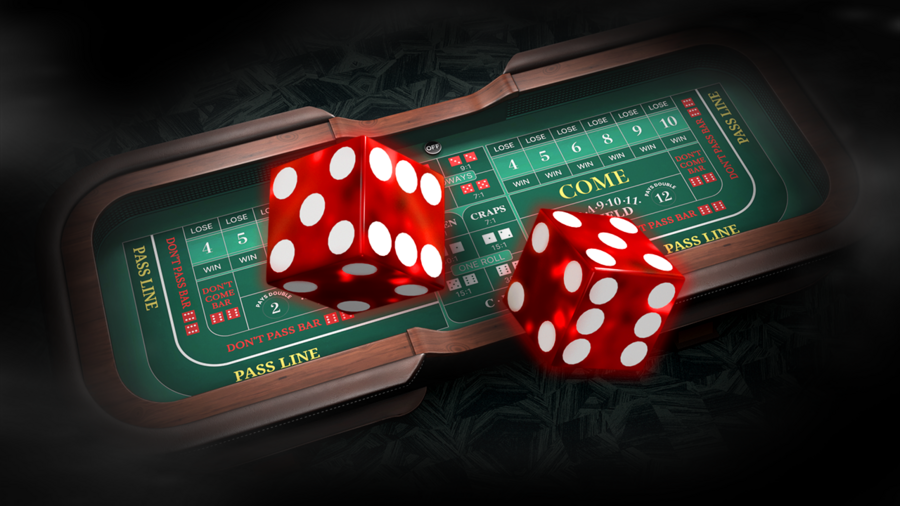
THE MOST AGGRESSIVE BETTING PRACTICES
The most popular bets for the aggressive players are the following (most of these are one-roll bets except for the hardways bets of the 4, 6, 8 and 10)
- Hard 6 (made 3:3) or hard 8 (made 4:4), payout is nine to one and the house edge is 9.09%
- Hard 4 (made 2:2) or hard 10 (made 5:5), payout is seven to one and the house edge is 11.11%
- The C&E, which means the craps numbers and the 11, payout is three to one on the craps numbers and seven to one on the 11, and the house edge is 11.11%
- Any craps, which means 2, 3, 12, payout is seven to one and the house edge is 11.11%
- Straight up 2 (known as snake eyes), payout is 30 to one and the house edge is 13.89%
- Straight up 3, payout is 15 to one and the house edge is 11.11%
- Straight up 7 (known as big red), payout is four to one and the house edge is 16.67%
- Straight up 11 (known as yo-eleven), payout is 15 to one and the house edge is 11.11%
- Straight up 12 (known as boxcars or midnight), payout is 30 to one and the house edge is 13.89%
- The horn which numbers are 2, 3, 11, or 12, payout is 27 to four with 2 and 12, three to one with 3 and 11, and the house edge is 12.5%
- The whirl or world which are numbers 2, 3, 7, 11 or 12, payout is 26 to five with 2 or 12, 11 to five with 3 or 11, the 7 is a tie, and the house edge is 13.33%
- Individual hop bets where player calls out the combinations of the dice; the various edges will depend on how the player wishes the dice faces to appear
You can see the hit these bets can have on a player’s bankroll. Still, the payouts make these bets attractive since they all return far more than one-to-one. That attractiveness is the spur to wager them.
Now, radical aggressive players tend to also be aggressive in how they bet these propositions. If you are at a table with them you will see chips rocketing through the air as the players call out, “Give me a yo-eleven!” “Big red my man!” “C&E!” “High and low!” “All the hardways!”
The real annoyances (for me!) are those players who just keep winging their bets onto the layout even when the shooter has the dice and is ready to throw. These players don’t seem to know there is an actual game going on since most of their bets are one-rollers and do not actually hinge on the game itself.
Please Note: Because the radical aggressive players must throw their bets onto the layout and call out what these bets are, they need to be very careful not to interrupt the flow of the game. Many are, in fact, careful and some will put the bet onto the layout in front of the dealer nearest them and tell that dealer what bet they want; but the most notably annoying radical aggressive players are not careful in the least.
Okay, it is obvious that I am not a big fan of the truly radical aggressive players, especially those who show little courtesy for other craps players at their tables, and I do show my discomfort with the way they play. I certainly do realize that my view of gambling and their view of gambling are at severe cross purposes. In the world of betting our own hard-earned money, they have as much a right to zip their bets on the propositions as I do playing as I do.
PLENTY OF PROBLEMS PLAYING AGGRESSIVELY
Because the radical aggressive player is looking for a massive win, he has a tendency to play too long and he will often bet too much if things are not going his way. The figuring is actually quite simple. He thinks, “I have to win sooner or later!” All gamblers know this statement that, while seemingly true, can actually be devastating to a player when things go wrong – and things can go wrong for a long, long time.
The radical aggressive player does not keep a gambling bankroll and plays by the seat of his pants. His mental state can go from initially hopeful to desperate in a very short time. You will no doubt notice that many of the craps players who are grousing the loudest and most often tend to be the radical aggressive players. I have been at tables where the radical aggressive player is behind while just about everyone else is ahead!
THE TRULY CONSERVATIVE RIGHTSIDE PLAYERS
Many land-based and online casino craps players think of conservative bettors as those who make a pass line bet, back it with odds, and then do a couple of come bets with odds. Keeping the pass line and come bet as small as possible and the odds as high as possible will give the house a truly low edge over the multiple-bet conservative player.
Please Note: Very few craps players consider the darkside don’t pass and don’t come as options, even though these wagers have the lowest house edges which can be lowered still more by laying the odds. This attitude is wrong but the culture of craps sees darksiders as outsiders too! The information for the rightside in this section will generally fit the darkside as well.
This multiple-bet rightside player is definitely a conservative craps player. Less conservative would be to place the 6 and/or 8 that has a house edge of 1.52 percent. One would wonder why I would say that placing the 6 and/or 8 is not a radical conservative bet since the only difference is a house edge of 1.41 percent on pass line and come bets, while the place bet of 6 and/or 8 is only a little higher at 1.52 percent.
The reason tends to be hidden but it is there. You must place the 6 and/or 8 in increments of six dollars to get the seven dollar to six dollar payout. The pass line or come bet can be made in increments of five dollars. The difference now becomes an expected loss of nine cents for every six dollars bet on the 6 and/or 8 but the expected loss on the pass and come is only seven cents.
Let me up those figures now: You will lose $90 on the 6 and/or 8 for every $70 lost on the pass line and come bets. Now to me that figure does speak loudly. While placing the 6 and/or 8 is a good bet, to my way of thinking it is not a particularly radical one.
THE RADICAL CONSERVATIVE RIGHTSIDE BETTOR
I am a truly radical rightside conservative bettor. I am past the conservative label as I will not have more than one bet working at any time. That would be either a pass line bet with odds or a come bet with odds, not both. So it is one bet for me versus the 7 against me – one on one!
Yes, I do know that even conservative bettors think going with just one bet is nuts, where’s the action in that?
The misnomer that action is good for players is a philosophy pushed by casinos and, yes, pushed by players who crave multiple bets and also by those players who enjoy making high house edge bets. I do not buy into that. To me I can last far longer playing craps on any given session, day, week, month and year betting as I do. Heck, most years I could be found playing away in casinos for 130 days.
It was my number versus the 7, all other numbers didn’t exist. I ignored them. I treated them the way I am now treating all the numbers rolling in all the casinos across the world right this second; they don’t exist for me.
Please Note: If a conservative player makes three bets at a time using pass and come, he reduces the hit on his bankroll by two-thirds. Even if the one-bet-bettor plays twice as long as he normally would mean he is reducing the house hit on his bankroll by one-third.
Betting one bet relaxes me and allows me to enjoy the swings of the game. Darkside players should follow the same principle; one bet only.
THE COMP QUESTION
If you enjoy receiving comps from casinos, radical aggressive players can ring them up. The potential losses for such players thrill the casinos and the casinos will, without question, extend their comps to such players. A bunch of high house-edge bets will result in a bunch of comps.
The comp formula will not work well for the one-bet-bettor. Such players are not that valuable to the casino unless that one pass line or come bet is amazingly high, say $100 or so.
That doesn’t bother me. I can buy my own meals and pay for the shows I wish to see. My saving on my play gives me plenty of extra money to spend on other things.
There you have it, both extremes of the betting spectrum. Where do you fit?
Frank’s latest books are Confessions of a Wayward Catholic; I Am a Dice Controller: Inside the World of Advantage-Play Craps, and I Am a Card Counter: Inside the World of Advantage-Play Blackjack. Available from Amazon.com, Kindle, Barnes and Noble, e-books and at bookstores.


